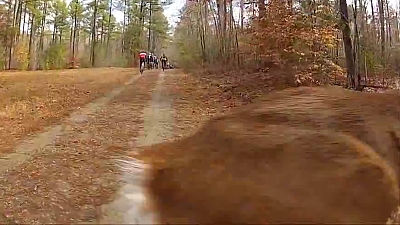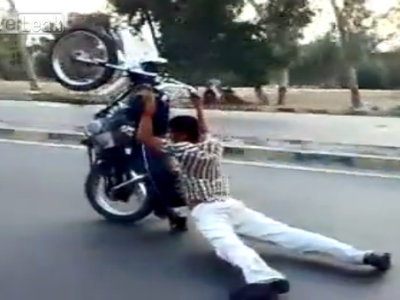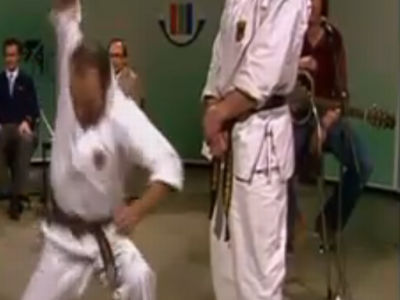The birth of a 'bicycle that you can never ride' that clearly shows the mechanism of riding a bicycle, what kind of bicycle is it?

There are many people who can ride a bicycle, but few can explain 'how to ride a bicycle' by mouth. Developed by the science YouTube channel
Most People Don't Know How Bikes Work --YouTube
At the beginning of the movie, the figure of a man who falls on a bicycle many times is projected.


The man is Derek Muller, the main personality of Veritasium. This movie is about riding a 'bicycle that you can never ride' created to understand how a bicycle works.

Next up on the right side of the screen was Rick Cavalero, the developer of a bicycle that he could never ride.
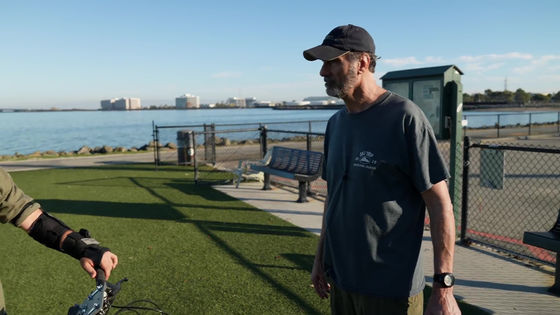
This absolutely unmanageable bicycle follows the controller operated by Mr. Cavalero ...

Only one of the two lamps mounted in the center of the steering wheel lights up.
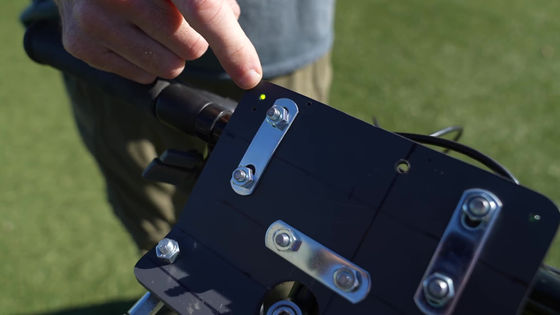
It is a mechanism that the handle can be tilted only to the lit side.
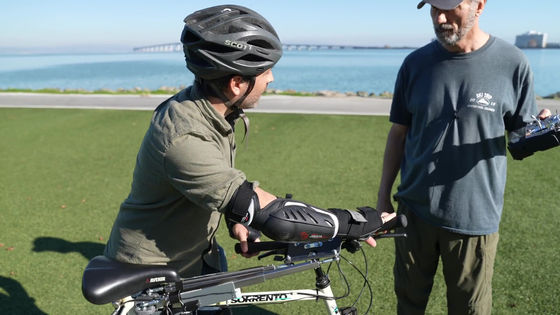
Muller then raised the question, 'Can I really turn?'
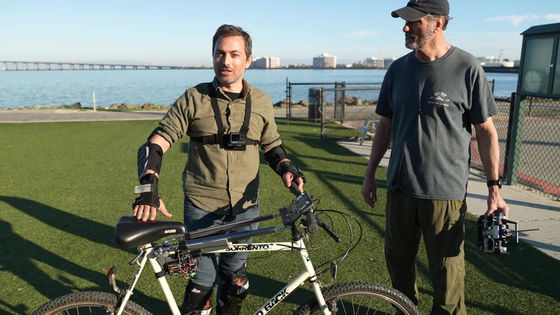
If you think simply, even if the direction in which you can turn the steering wheel is limited to one side, you should be able to turn in that direction. However, when I actually tried it, Mr. Muller fell immediately like the scene at the beginning.
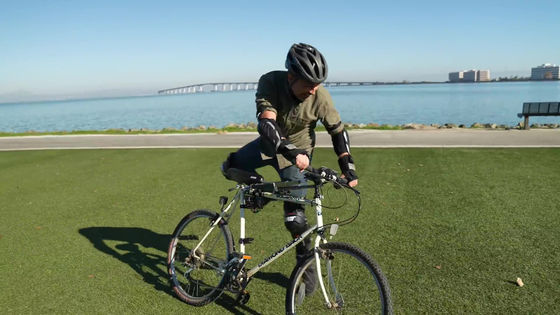
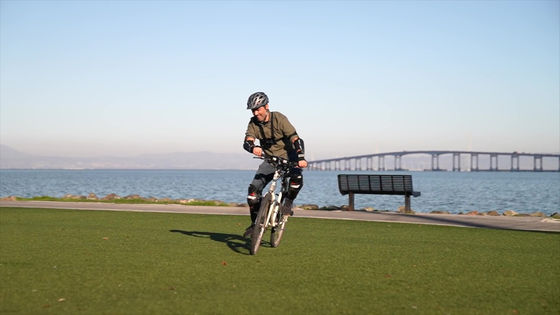
This is not that Mr. Muller is special, and when a person turns right, he first turns the steering wheel to the left, and when he turns left, he first turns the steering wheel to the right. 'Bicycles that can never be driven' limit the movement of the steering wheel to either the left or right, so even if you try to turn, you will lose balance and fall at the stage of the preliminary movement.
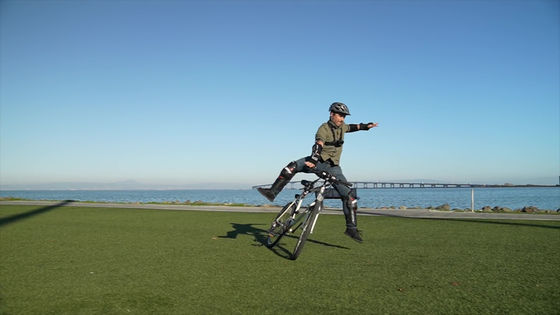
This means that a bicycle requires a 'turning motion' that is fundamentally different from a car. In the case of a car, you can turn in that direction just by turning the steering wheel to the left or right ...
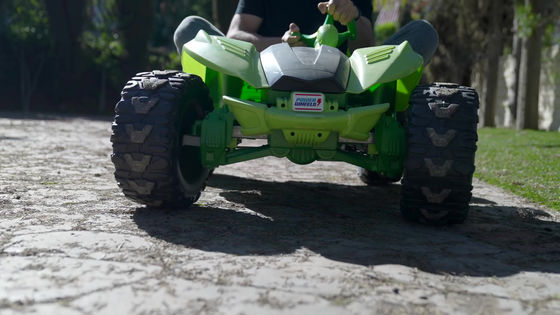
In the case of a bicycle, 'balance' becomes an issue. If you tilt the steering wheel to the right, the bicycle will turn to the right according to the movement, but the person riding on it will remain in that state.
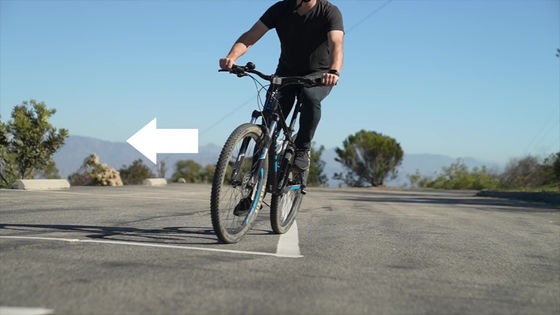
As a result, the overall balance will tilt in the opposite direction to the side where the steering wheel is turned ...

You will have to turn the steering wheel to the left to maintain balance. So, in the case of a bicycle, it is essential to turn the steering wheel in the opposite direction to the direction you really want to turn and to 'tilt the overall balance in the direction you really want to go'.
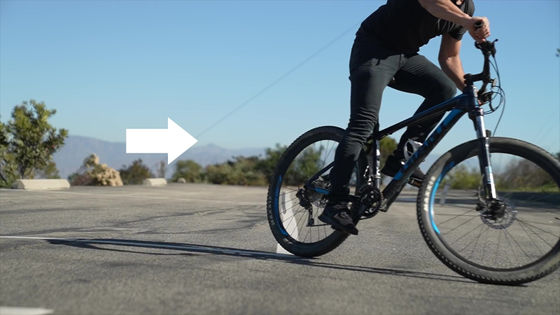
Anyone who can ride a cyclist has mastered the set of actions required to turn, but he does not think and perform it. I just remember it with my body.
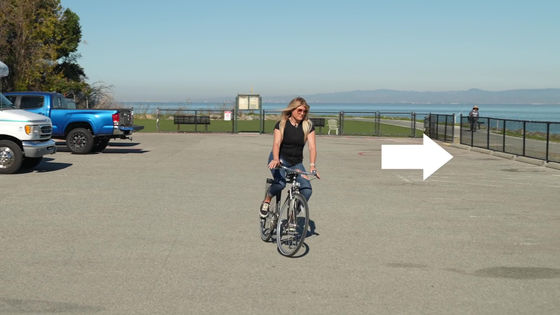
This movement of 'using balance' is also common to unicycles. If you want to move forward with a unicycle, first move the pedals backwards and lean forward ...
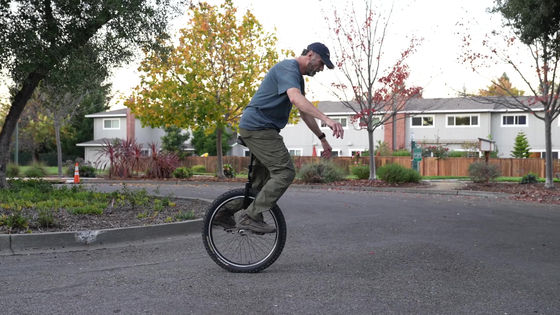
Move forward while trying to restore that balance. As with bicycles, unicycles also use a mechanism in which one of them intentionally loses its balance and then moves in that direction.
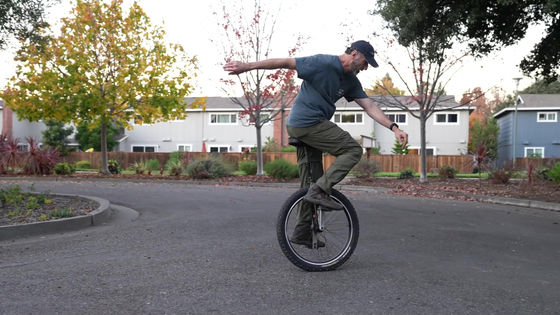
'Roughly speaking, turning the steering wheel is not just about turning the bicycle, it's about balancing.' 'That's right!'
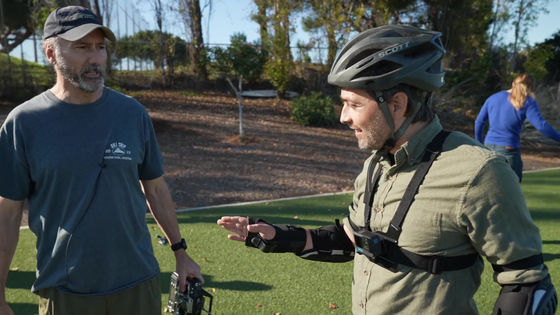
By the way, how do you maintain your independence if you push an unmanned bicycle by hand?
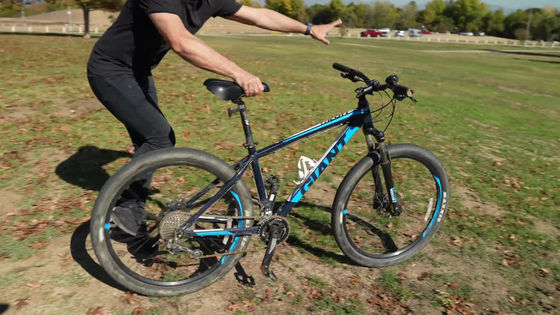
If you push the bike out at a certain speed, it will not tip over even on very rough terrain.
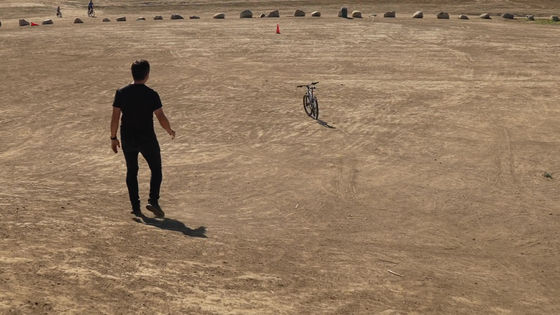
Some may think that the power generated by the

However, it is impossible to maintain independence only by the gyro effect, as found in the experiment of the bicycle that can never be managed.

The 'design' of a bicycle is what keeps an empty bicycle self-supporting. When the bicycle is tilted to the left or right, the steering wheel is turned in that direction, and the reaction is designed so that the vehicle body returns to the opposite side. Therefore, even if you lose your balance, the movement of the steering wheel and tires will automatically restore the balance.


To show that the bike can stand on its own without the gyro effect, some engineers have created a strange looking bike with wheels that counteract the gyro effect. When the body of this bicycle is tilted, the steering wheel is automatically turned in that direction and the bicycle turns voluntarily.
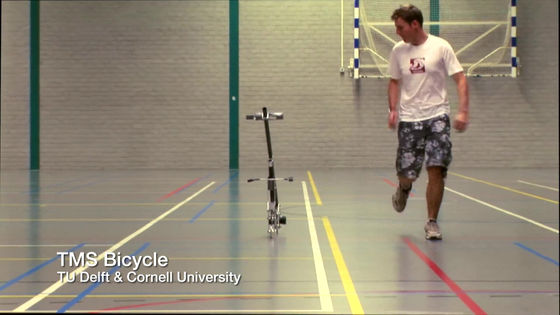
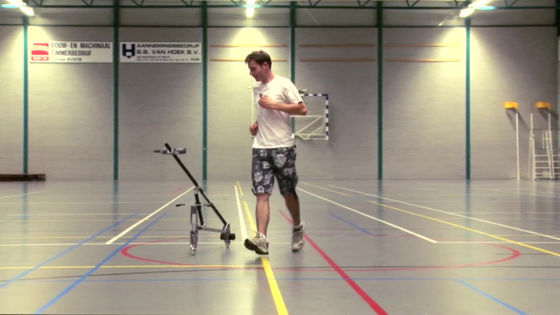
It seems that this research is being used to design a new bicycle that can maintain its independence even at low speeds ...

Veritasium says, 'Most people can ride a bike, but nothing is known about how they do the act of biking, so they gain insight into what we actually do. I think it's important. '
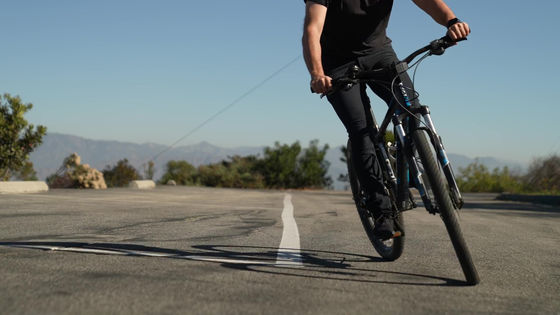
Related Posts:


